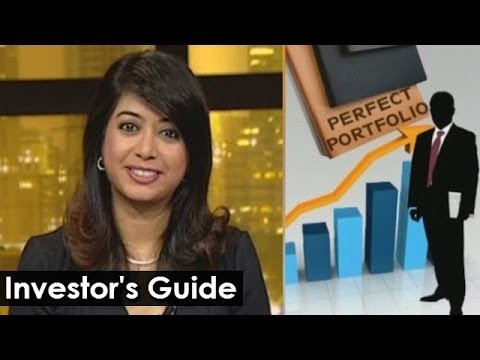Tips on Beginning Your Search for a Good Mutual Fund
Post on: 14 Июнь, 2015 No Comment

Before you invest in anything, you should know what you are doing and why you are doing it. That’s just good economics. It’s all do easy to put your money into a mutual fund because a close friend, or a fund manager, says its a good mutual fund to invest in. There are numerous mutual fund businesses offering several thousand different mutual funds for you to choose among. Some of these funds are top performers, others were top performers in the past, but are no longer. Still others are not very good mutual funds to invest in at all, and are better left alone. The tips given here are designed to help you get started in your search.
A Good Fund Means Different Things to Different People
Before you start investing your hard earned dollars, or your inheritance, into stocks, bonds, or mutual funds, you need to ask yourself what your expectations are. If the fund you invest in meets or exceeds your expectations of future growth or returns, it is a good fund. It if does not, it is a bad one or at least an under-performing one. You need to ask yourself if you are looking for short-term gains, long-term gains, growth, or security. Define what a good mutual fund would be for you, and then look for one that meets that definition. It would help to ask a few people if your definition of what a good fund is makes sense.
Do a Lot of Research
You can invest a lot of money to begin with, or let smaller, incremental investments grow over the years. If your investment is not working out, you can always bail out for a cost. Check out sources such as Forbes, Morningstar, or Kiplinger to see what they advise. At this point you should not be looking to invest in the first fund that one of these sources may recommend. What you should be doing is trying to learn all you can about how these funds operate, and why some may be better for you than others. While you’re at it, check out families of funds. Families of funds often let you move all or part of your money from one fund into another that belongs to the same family without incurring a penalty.
Understand the Fee Structure
Mutual fund managers have to make a living just as you do. They accomplish that by charging fees. Some of these fees are advertised up front. Others are hidden. A few are well hidden. You can usually find out what all the different fees are that you might be charged by reading the small print. Whenever you are investing your own money in anything, it’s always a good idea to read the small print. Typical fees would be for purchasing shares in a fund, selling shares in a fund, or transferring money from one fund to another. Different funds can have very different fee structures, so it will pay you understand what the fee structure of a particular fund is. Otherwise, you could find yourself loosing a significant amount of money over time due to fees that are being charged against your account.
Remember That Past Performance is Just That
Be a Skeptic
While you’re doing your research, it might not be a bad idea to go online and see what The Motley Fool has to say. The Fool is a rich source of tutorial information about investing. These folks do not seem to be all that enthusiastic about mutual funds as an investment. Whether you agree with what they have to say or not, you’ll likely profit from understanding some of the reasons why putting your money elsewhere might make sense. You can spend a lot of time looking at graphs and charts that compare the performance of one fund or one type of fund, against others, but it won’t hurt to spend some time seeing if purchasing stocks or bonds might serve you just as well. Investments often pay dividends, but so can being a skeptic.
Be Wary of Funds with High Turnover Ratios
Diversify
The advice about not putting all of your eggs in one basket applies to mutual funds as well. Even a top rated fund can have a bad year, or undergo a change in management that turns out to be ill advised. Once you’ve found a mutual fund that looks to be a good choice, and have put some of your money into it, the next thing you might consider doing is to look for a second fund. The two, three. or four funds you finally end up with should give you enough diversity to minimize you losses in case bad things happen. If the stock market should tank, and one or two of your funds have invested heavily in bonds, they may weather the storm. Look into growth funds, bond funds, index funds, foreign stock funds, and a few others. In short, diversify.














